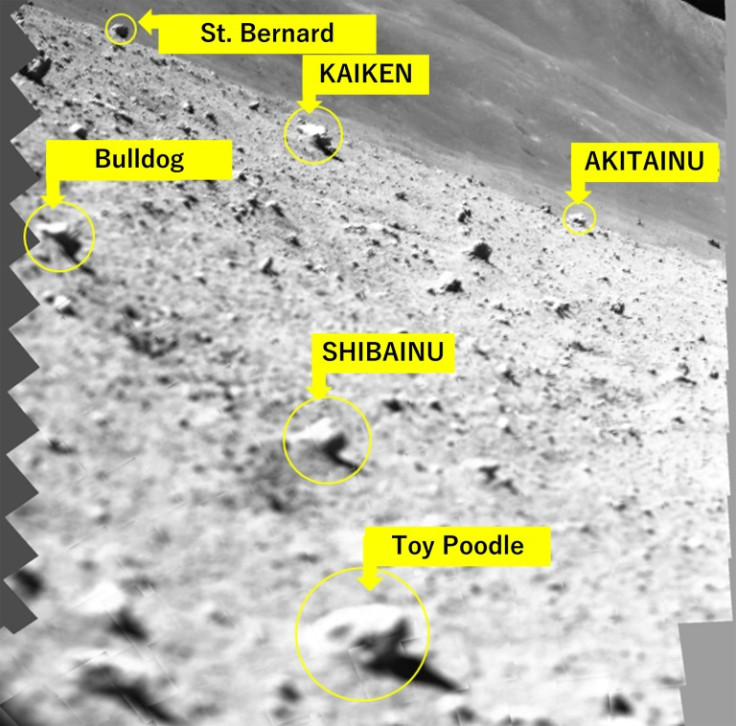Japan Craft Made Successful Pin-point Moon Landing, Space Agency Says

Japan's "Moon Sniper" craft made a pin-point lunar landing despite last-minute engine problems, the space agency said Thursday as it released the first images from the mission.
A photo taken by a mini-rover showed the boxy yellow lander sitting intact at a slight angle on the rocky grey surface, lunar slopes rising in the distance.
Saturday's touchdown made Japan only the fifth nation to achieve a soft lunar landing, after the United States, the Soviet Union, China and India.
The unmanned Smart Lander for Investigating Moon (SLIM) -- dubbed the "Moon Sniper" for its precision technology -- had the goal of touching down within 100 metres (330 feet) of a specific landing spot on a crater.
That is much more precise than the usual landing zone range that experts put at several kilometres.
"SLIM succeeded in a pin-point soft landing... the landing point is confirmed to be 55 metres away from the target point," space agency JAXA said on Thursday.
The lander suffered engine problems during its descent that may have knocked it off course, Shinichiro Sakai, SLIM's project manager, told reporters.
Before that, the craft had been on track to land even closer to its target.
Problems with the lightweight spacecraft's solar batteries also meant they were not generating power.
Nearly three hours after touchdown, JAXA decided to switch SLIM off with 12 percent power remaining to allow for a possible resumption when the sun's angle changes.
That could be in just a week because the craft's solar cells are facing west, the agency said.
"Based on current estimates, we are preparing for the resumption of the probe's operations by February 1," JAXA said.
Mission control was able to download technical and image data from its descent and the lunar surface before powering down the craft.
The mission was aiming for a crater where the Moon's mantle, the usually deep inner layer beneath its crust, is believed to be exposed on the surface.
By analysing the rocks there, JAXA hopes to shed light on the mystery of the Moon's possible water resources -- key to building bases there one day as possible stopovers on the way to Mars.
Two probes detached successfully from SLIM on Saturday: one with a transmitter and another designed to trundle around the lunar surface beaming images to Earth.
This shape-shifting mini-rover, slightly bigger than a tennis ball, was co-developed by the firm behind the Transformer toys.
SLIM is one of several recent lunar missions by governments and private firms, 50 years after the first human Moon landing.
But technical problems are rife and the United States faced two setbacks this month in its ambitious Moon programmes.
Two previous Japanese lunar missions -- one public and one private -- have also failed.
In 2022, the country unsuccessfully sent a lunar probe named Omotenashi as part of the United States's Artemis 1 mission.
In April, Japanese startup ispace tried in vain to become the first private company to land on the Moon, losing communication with its craft after what it described as a "hard landing".

© Copyright AFP 2024. All rights reserved.







